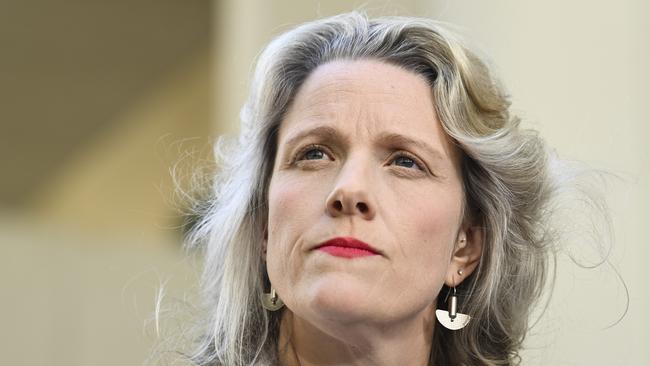
It started late last year when Home Affairs Minister Clare O’Neil initiated a slowdown in the visa processing rate, and a lift in the visa refusal rate, for international students starting courses this year. The result has been a large number of students – estimated in the tens of thousands – who lodged visa applications to study this year and were refused or have been left in limbo.
Now attention has turned to the mid-year intake. With the government still laser focused on reducing the net migration rate – to ease pressure on housing and fend off opposition accusations that Labor puts international student needs ahead of those of Australians trying to rent or buy a home – universities can’t expect the government is going to suddenly return the flow of international students to its natural level.
It doesn’t just affect universities. It also has an impact on TAFE, vocational colleges, English schools and all educational institutions that enrol international students. If you add in their losses it shapes as a massive hit to the education export industry, which rebounded after Covid border closures ended but is now threatened with a government-engineered slump.
It’s not a simple issue to solve. There are strong forces pulling in different directions and when something gives way it could easily lead to turmoil.
The most powerful force is the Albanese government’s need to neutralise the political attack over high house prices and high rents which the public, primed by Opposition Leader Peter Dutton, could blame on the international student influx.
Of course international students have an impact on the housing market. But they are also an economic driver. Last year the rapid return of international students, and their spending, provided over half of Australia’s sluggish 1.5 per cent GDP growth. If student numbers fall then the effect will be opposite – a contribution to economic contraction.
Plus, in this time of tight labour markets when relatively unskilled jobs in retail, hospitality, aged care and the like are proving hard to fill, international students are playing a vital role. So the Albanese government is facing a difficult choice between a political imperative that has driven it in one direction and economic reality, which is waving its red flag.
Then there is the government’s signature review of higher education, the Universities Accord, which it will soon announce its response to. We already know Education Minister Jason Clare will be asking universities to scale up their numbers of students who are disadvantaged by a low socio-economic status background – and these students are expensive to teach, requiring more attention and resources. It’s not a good time to be implementing a government policy that strips the university sector of $500m this year.
And finally, what about the students? Thousands of them have paid fees for students visas, or even paid tuition fees, and been left in uncertainty. It’s devastating for them and devastating for Australia’s reputation as an education provider.
Meanwhile the current visa processing system is broken. Last month 10 universities, and many more colleges and English schools, had their student visa risk level raised by the Home Affairs Department, which was in part a consequence of the department’s deliberate decision to up the visa refusal rate which, in turn, had a negative impact on risk levels, which will then lead to the government slowing down visa processing even more. It’s a vicious circle.
What a year ago looked unthinkable is getting more traction as a solution: a system to allocate and cap the number of international student visas. If students are sent to smaller cities and regional areas where there are no housing shortages, then it would give the government a sellable migration policy in time for the election.
It’s following in the footsteps of Canada, which has done a similar thing. It’s also patchwork, short-term, policymaking on the run, but when did that stop a government with an urgent need to win an election? Would the government get away with treating any other major export industry like this? Maybe mining? I suspect not.




Something is soon going to give. Australian universities are estimated to face a loss of $500m in international student fees this year as a result of the Albanese government’s blitz on international students and they are stepping up pressure on Canberra to do something.